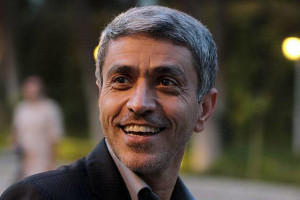August 08, 2014

Economy Minister Ali Tayeb-nia told the Fars news agency some details about the national debt last week.
The main detail was that he wasn’t yet sure what the grand total really is, a stunning admission that the country’s books still aren’t in shape one year after the Rohani Administration took them over.
The new administration has severely curtailed spending to restrain the debt growth. If it had not done so, Tayeb-nia said, the national currency would have plummeted once again. On Monday, the first anniversary of Rohani’s inauguration, the US dollar was selling on the open market for 31,360 rials, slightly stronger than the 32,700 rials it sold for on the day of Rohani’s inauguration.
Tayeb-nia failed to say, however, if spending is now in line with receipts or if the debt is still growing.
Tayeb-nia said the national debt totaled about 2.5 quadrillion rials or $83 billion. That is actually not so bad, especially when compared with the US national debt of $17.6 trillion. But the US economy is much larger than the Iranian economy, so a fairer measure is the debt as a percentage of the gross domestic product (GDP). The US debt is just over 100 percent of GDP while Iran’s debt is just under 25 percent of GDP—making the Islamic Republic look quite responsible fiscally.
Tayeb-nia said about one-sixth of the debt was owned to contractors, meaning that the private sector was propping up the government by not being paid. He said a little more than a quarter is owed to banks and a little more than a quarter to the National Pension Fund. He did not detail who held the remaining little more than a quarter of the debt.